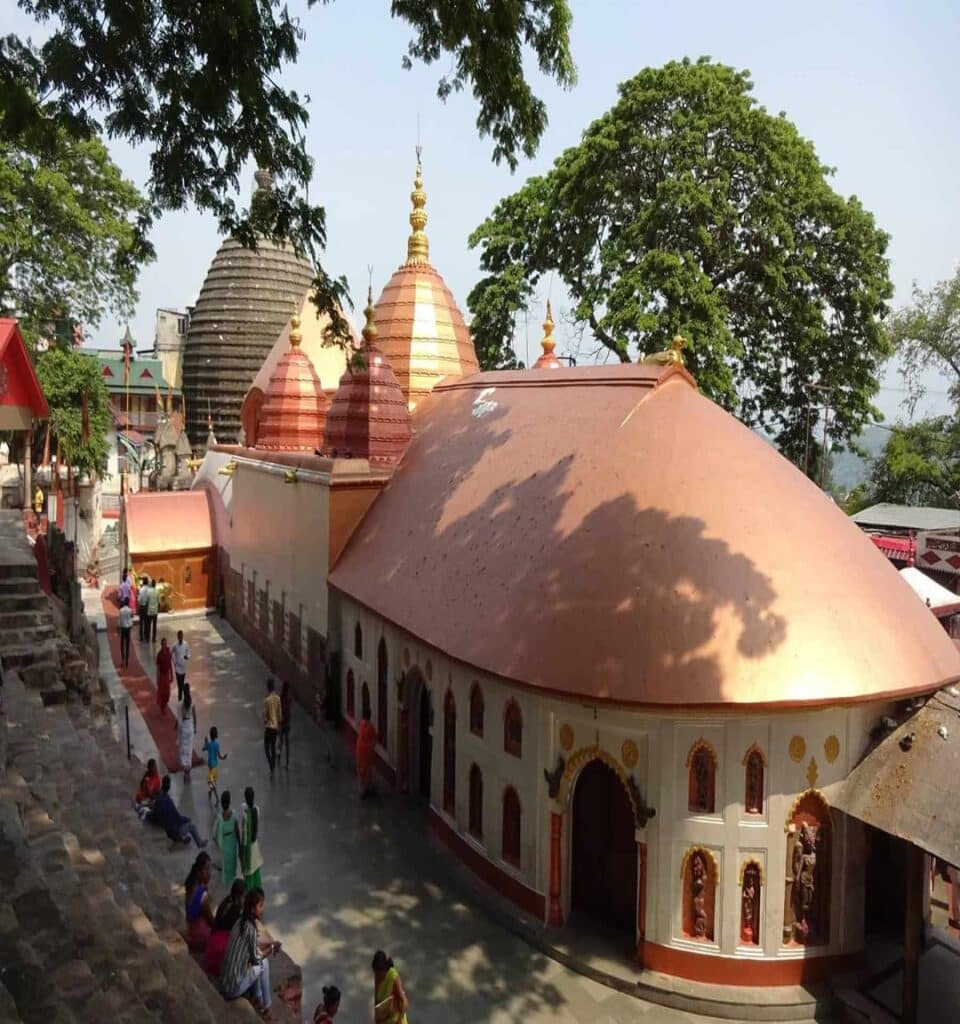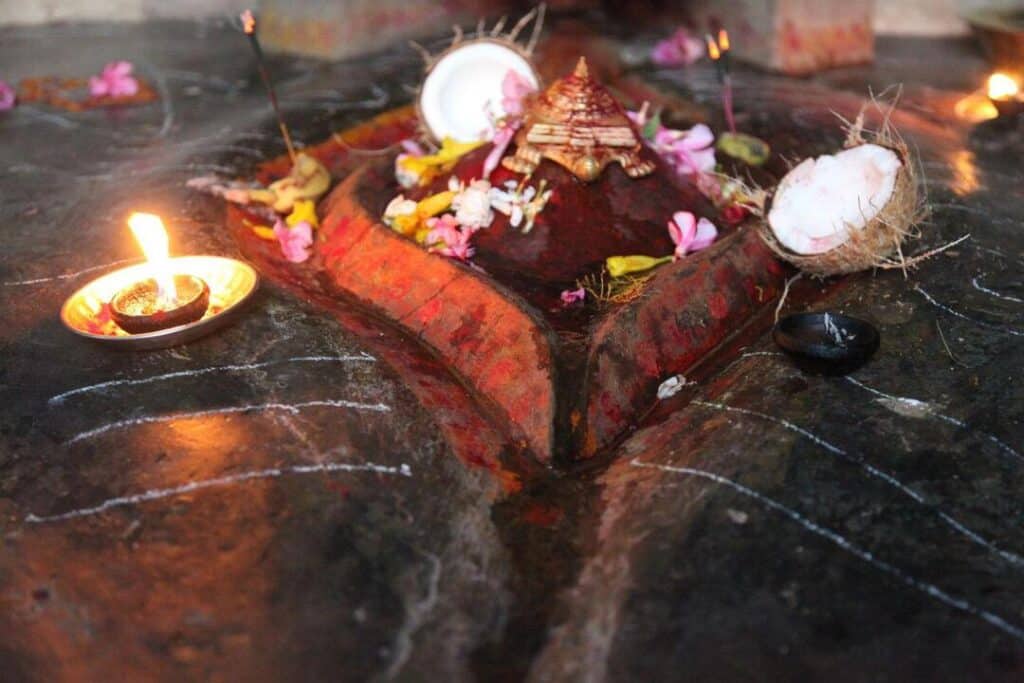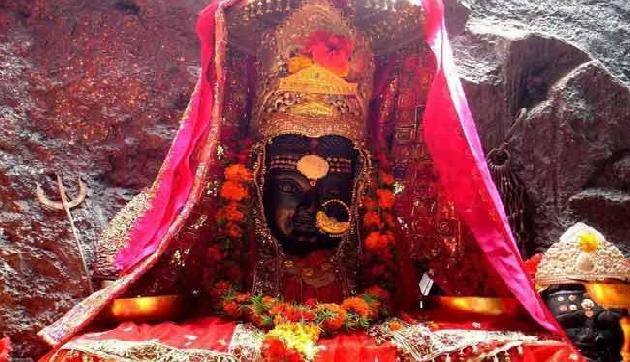Maa Kamakhya: The Mystical Goddess of Assam
Maa Kamakhya, also known as Kamakhya Devi, is a revered goddess in the Hindu pantheon, particularly in the northeastern state of Assam, India. She is a symbol of divine feminine energy and is worshipped with great fervor by devotees. The Kamakhya Temple, dedicated to her, stands as a prominent pilgrimage site, attracting thousands of visitors and devotees annually. This article delves into the fascinating history, significance, and rituals associated with Maa Kamakhya.

Historical and Mythological Background
Maa Kamakhya’s origin is deeply rooted in Hindu mythology and folklore. She is often associated with the Shakti Peethas, which are revered places of worship dedicated to the goddess Shakti. According to one popular legend, the goddess Sati, an embodiment of Shakti and the wife of Lord Shiva, immolated herself in sorrow after her father, King Daksha, insulted Shiva. To pacify the grieving Lord Shiva, Vishnu used his Sudarshana Chakra to dismember Sati’s body, scattering her remains across various parts of the Indian subcontinent. The place where Sati’s genitalia fell is believed to be the Kamakhya Temple in Assam.

Another legend links Maa Kamakhya to the ancient practice of tantra, an esoteric spiritual discipline that seeks to harness the divine energy within oneself. Kamakhya Temple is considered to be one of the most significant centers of tantric worship, where rituals focus on the yoni (the female reproductive organ) as a symbol of the goddess’s divine energy and fertility.
The Kamakhya Temple
Kamakhya Temple, situated atop the Nilachal Hill in the western part of Guwahati, is the primary center of worship for Maa Kamakhya. This ancient temple, constructed in the 8th to 9th century, is a marvel of Assamese architecture, with a distinctive beehive-like shikhara (dome). The temple complex comprises multiple chambers, each housing various forms of the goddess and other deities.
The central sanctum of the temple, known as the Garbhagriha, contains the yoni-shaped stone representing the goddess’s creative energy. The temple doors remain closed for three days during the annual Ambubachi Mela, as it is believed that Maa Kamakhya undergoes her menstrual cycle during this time. Afterward, the doors are reopened, and the goddess is bathed and worshiped.

Kamakhya Temple significance and Worship
Maa Kamakhya is often depicted as a powerful and fierce goddess. She is associated with fertility also known as Fertility goddess, desire, and transformation, making her an essential deity for those seeking blessings for family and progeny. Many devotees believe that she can fulfill their desires, whether related to love, relationships, or material success.
The worship of Maa Kamakhya involves a mix of Vedic and tantric rituals. Animal sacrifices, particularly goats, were historically a part of these rituals, but they have now been banned by the government. Instead, devotees offer symbolic sacrifices to honor the goddess.
During the Ambubachi Mela, the temple attracts a massive crowd of pilgrims and tourists. People come from various parts of India to seek the blessings of Maa Kamakhya. The atmosphere during this time is charged with spirituality and devotion.
Conclusion
Maa Kamakhya is a goddess of great significance, both spiritually and culturally, in Assam and the wider Hindu tradition. Her temple, perched on the Nilachal Hill, is not only a place of worship but also a testament to the rich architectural and religious heritage of the region.
The mysteries and rituals associated with Maa Kamakhya continue to captivate the hearts of those who seek her divine grace. Her worship represents the profound connection between the divine feminine energy and human existence, emphasizing the power of transformation and the cyclic nature of life. The goddess, with her fierce yet nurturing presence, remains an enduring symbol of strength and fertility in the hearts of her devotees.